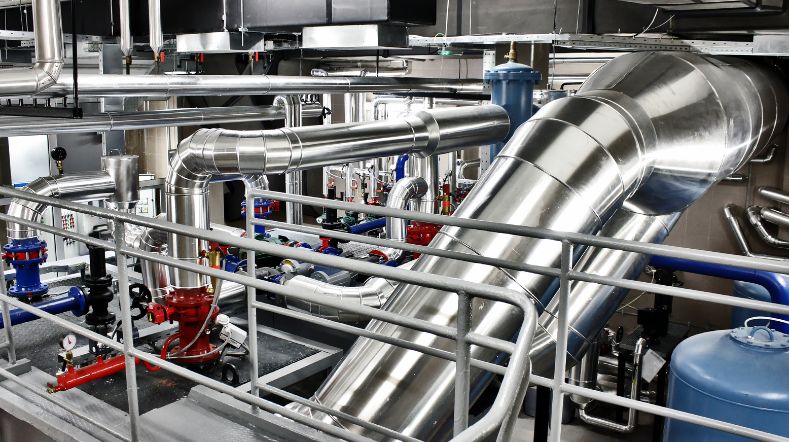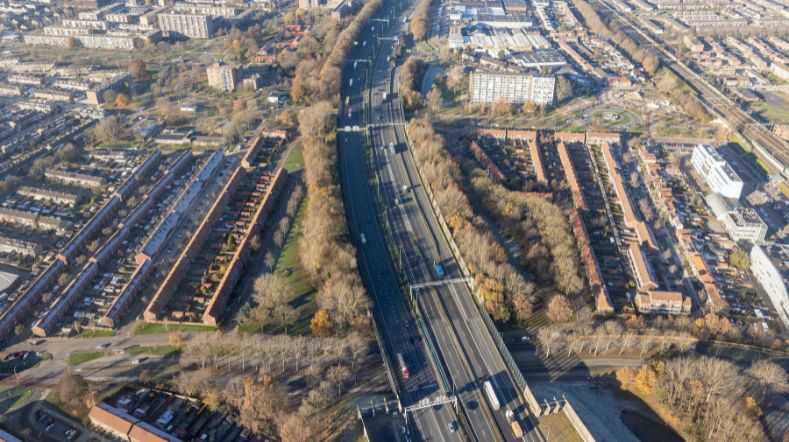
Nitrogen dioxide advisory values exceeded much more often when cooking with gas compared to electric cooking
Kitchens in households that cook with gas are more likely to exceed EU and WHO advisory values for nitrogen dioxide (NO2) than those that use an electric cooker. On average, the NO2 concentration in such kitchens is almost 13 µg/m3 higher. These are the results of a large-scale field study that TNO carried out for CLASP in 247 homes in the Netherlands, Italy, Spain, France, Slovakia, the United Kingdom and Romania. The study measured the amount of nitrogen dioxide (NO2), carbon monoxide (CO) and particulate matter (PM2.5) released from gas cooking in daily practice, compared to electric cooking.
A quarter of households that cook with gas exceeded the WHO guideline for NO2 exposure per hour. During the measurement period, the WHO 1-hour limit value was exceeded 1.1 times on average by domestic gas cooking and zero times by electric cooking. The WHO guideline for exposure per day was exceeded for 3.25 days of the 13-day measurement period on average for households cooking with gas and for 0.64 days on average for households using an electric cooker.
Carbon monoxide and particulate matter
The differences between gas and electric in terms of the average carbon monoxide (CO) concentrations were small, and the levels did not exceed the advisory values. However, significant values for PM2.5 particulate matter were measured in all kitchens; these were caused by outdoor particulate matter values and by what was being prepared in the pan and could not be attributed to the method of heating.
The study
Participants all cooked at home for at least three out of seven days, there was no smoking in the houses and the houses were not near any busy main roads or industrial complexes. Around 80% of participants cooked with gas, and 20% using an electric cooker. Measurements were taken using passive and active sensors.
In all seven countries, a significantly higher concentration of nitrogen dioxide (NO2) was found in the kitchens of households that cooked with gas compared to those that cooked with electricity, especially after correction for outdoor NO2 levels. Higher NO2 concentrations in the living rooms of homes with gas cookers can be explained by the fact that many homes have an open-plan kitchen. There is a direct correlation between the duration of cooking on a gas cooker or in a gas oven and the measured NO2 concentrations.
It was striking that households that cooked with gas and had indicated before the study that they regularly or always use an extractor hood had kitchen NO2 concentrations that were no lower than households that said they did not use an extractor hood. Other studies published in the literature suggest that people do not always switch on the extractor hood during cooking or do so too late.
Recommendations
The EU and the UK are currently updating their legislation relating to cooking appliances. This will provide an opportunity to include provisions on household exposure to harmful levels of indoor air pollution. WHO advisory values are based on the lowest exposure level for which there is evidence of adverse health effects. Health experts associate excessive levels of NO2, CO and PM2.5 with an increased risk of lung and respiratory complaints, including asthma and cardiovascular diseases, among others.
Based on the study, TNO recommends switching over to electric cooking as much as possible in its report and reiterates an earlier recommendation that effective and user-friendly (good shape and size with sufficiently high extraction rate to the outside and no nuisance due to noise) extractor hoods should be available in all homes.
Since this study also reveals that the use of extractor hoods in practice leaves quite a lot to be desired (they are not switched on or are switched on too late), TNO also recommends that extractor hoods/systems should turn on automatically wherever possible.
Download report
Download the full study including all values for NO2, CO and PM2.5 in the Netherlands and the other European countries.
Get inspired
Technical catalogue based on Danish model to accelerate the roll-out of district heating networks


Heating and cooling systems

Making air healthier along busy roads


TNO and Kiwa to draw up test protocol for heat pump systems


Three modifications for a healthier indoor air climate


